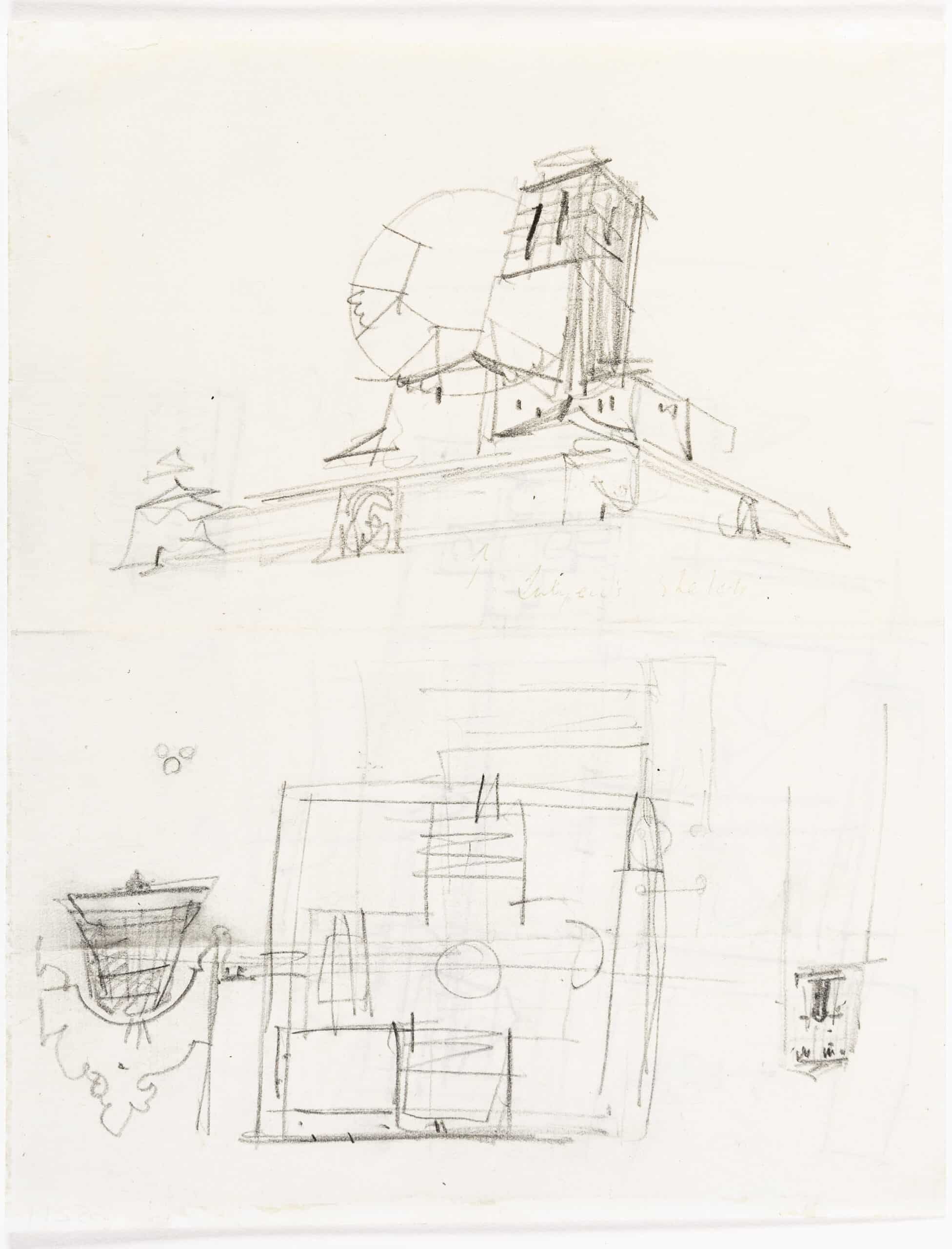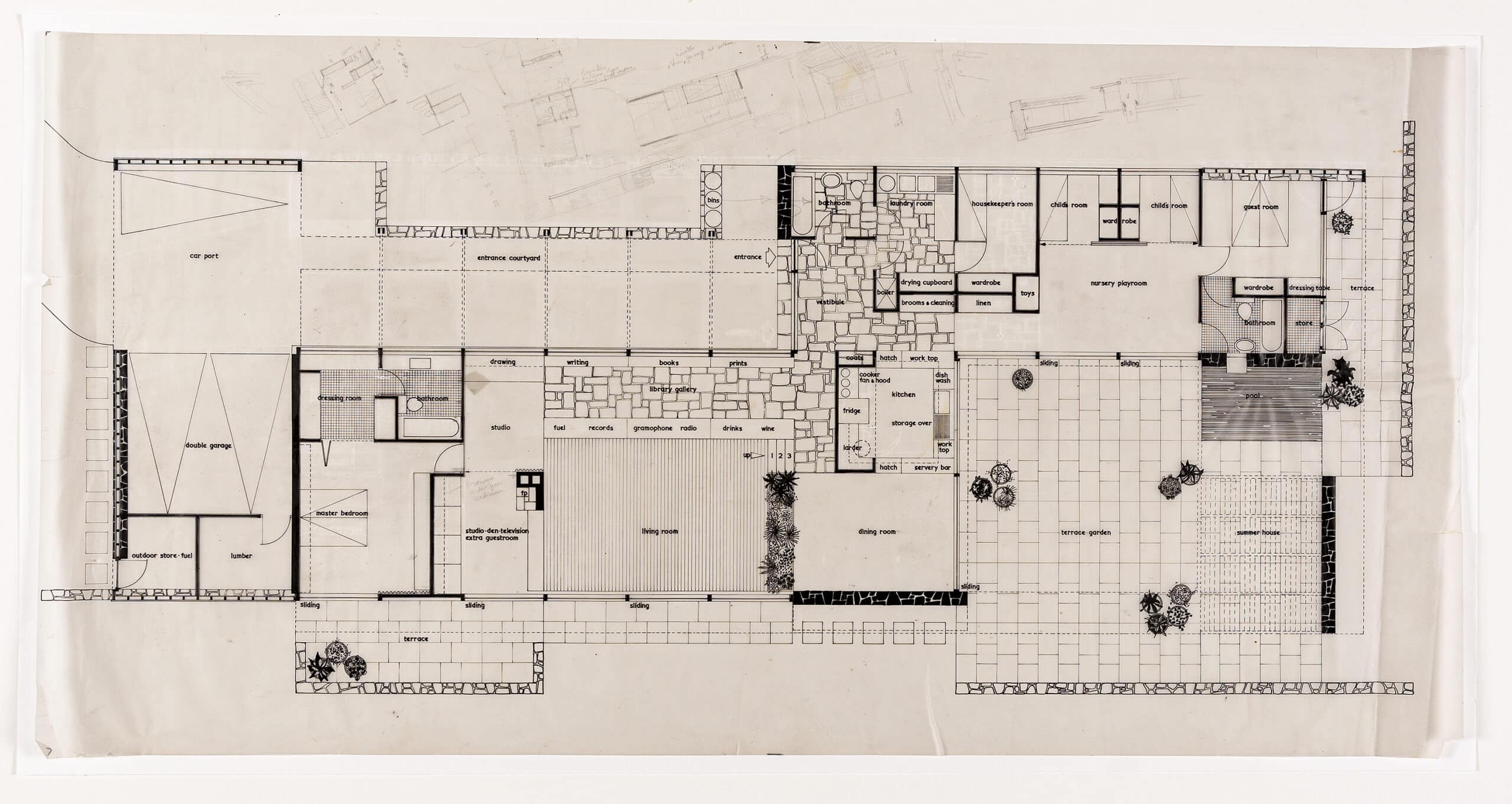Where Function Ends: The Architecture of Sir Edwin Lutyens
14 July – 27 October 2019, Hestercombe Gallery, Taunton
Curated by Kate Best
Celebrating the 150th anniversary of the birth of Sir Edwin Lutyens at a site that he himself worked to transform, this exhibition showcased the architect’s sketches and plans alongside new work examining how he collaborated with Gertrude Jekyll to organise the garden space. Taking as its title and starting point Lutyens’ claim that ‘Architecture, with its love and passion, begins where function ends’, the exhibition investigated Lutyens as a man at odds with his modernist times.



Drawing Matter contributed both drawings by Lutyens himself and by architects who used him as a key reference, such as Peter Womersley. In addition, our own Niall Hobhouse spoke at the accompanying symposium event.
